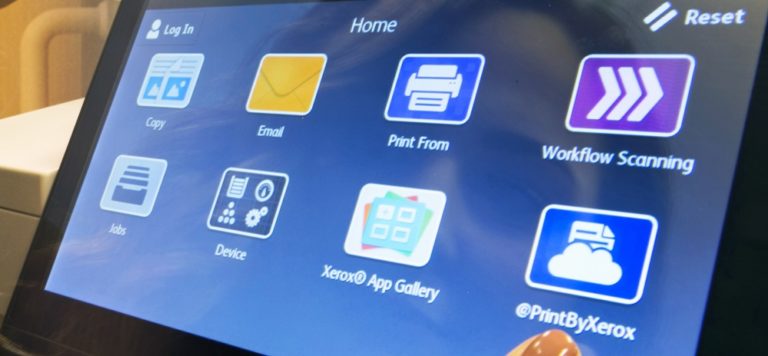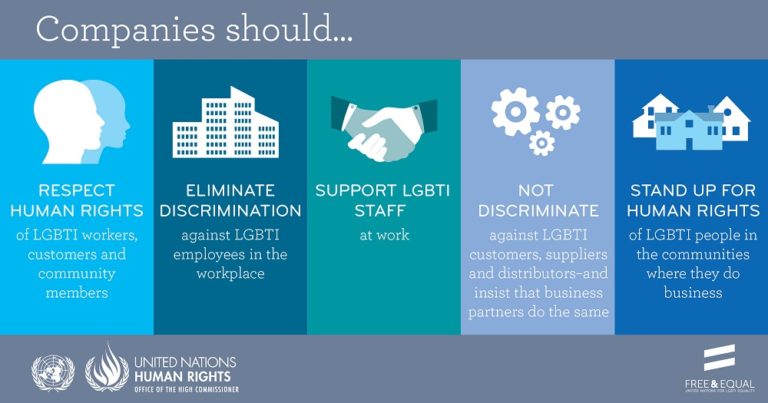By Nancy Collins, group president, State Enterprise Solutions, Xerox
How many times did you use a piece of plastic to pay for something last week? Can you even remember? You may have used a card to get a morning coffee, pay for public transportation, or purchase groceries. And I’m guessing you didn’t think twice about the convenience you enjoyed by using your cards.
But millions of Americans are unable to take advantage of the ease and speed that cards offer for day-to-day purchases. An estimated 17 million U.S. adults do not have bank accounts, and they rely on cash to pay for goods and services.
Innovation in the card business can allow under-banked or unbanked Americans to participate in the ever-growing cashless economy.
States need tools that use disruptive technologies (like mobile, social media, data analytics, and the cloud) to connect unbanked people with today’s financial systems. Prepaid, state-issued cards allow people to make payments and obtain cash more easily, while avoiding the risk and costs that can be associated with checks. Remember, if you don’t have a bank account, the only way to turn a check into currency is to use a check-cashing service, which often charges a steep fee.
Cards are connecting people who are otherwise disenfranchised from the banking system with what so many of us take for granted – easy, speedy access to their money. All while saving states significant amounts of money, so they can use their tight budgets to improve services for their citizens. This is innovation at its best.
Cards are being used to deliver funds to recipients of state tax refunds, Social Security benefits, unemployment insurance and more. In Alabama, for example, the Department of Human Resources puts child support payments totaling more than $25 million into the hands of 68,000 people every month. By making the switch from mailing checks to delivering the monthly payments via card, Alabama is ensuring its child support recipients are able to participate in today’s cashless society – and it saved about $1 million during the first year of the program.
Room to Grow
And, there’s a lot of room for this area to grow. As I think about the future and application of these technologies, I can see card solutions for utility providers, public housing agencies, or even health and wellness agencies. We also see ways to enable these programs to leverage mobile technology – watch for that in the near future.
For many of us, disruptive and innovative technologies permeate just about every aspect of our lives, but they can take a longer time to get traction in the public sector, where they could significantly improve the way people live. The time for states to look to the simple and powerful innovation of card solutions is now.
This post originally appeared on Forbes.


